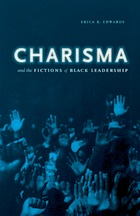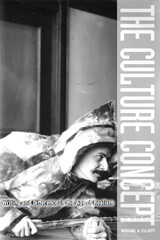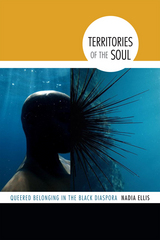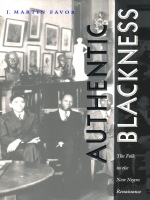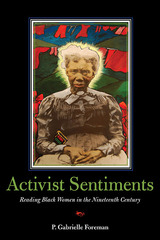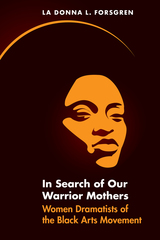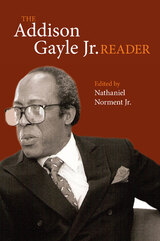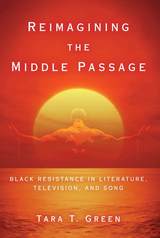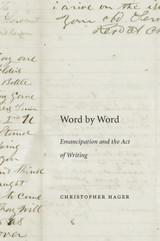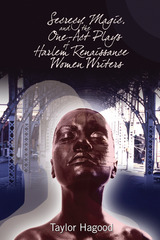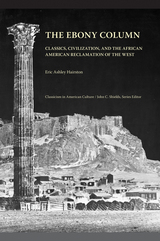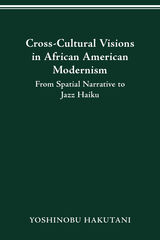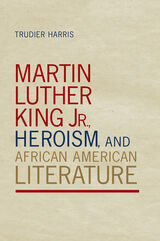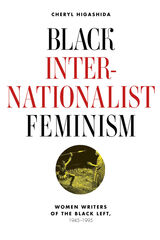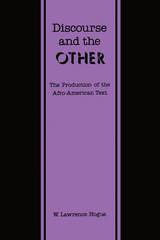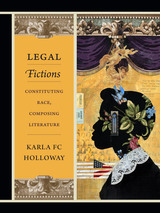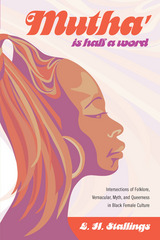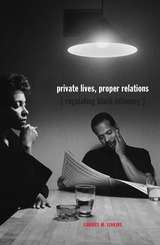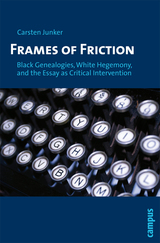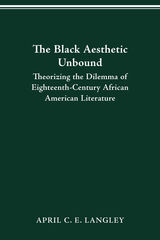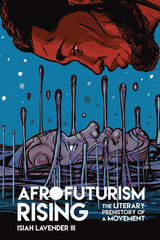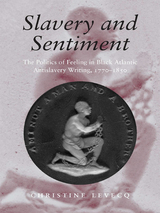Scarring the Black Body: Race and Representation in African American Literature
University of Missouri Press, 2002
Cloth: 978-0-8262-1421-8 | eISBN: 978-0-8262-6289-9
Library of Congress Classification PS153.N5H46 2002
Dewey Decimal Classification 810.9355
Cloth: 978-0-8262-1421-8 | eISBN: 978-0-8262-6289-9
Library of Congress Classification PS153.N5H46 2002
Dewey Decimal Classification 810.9355
ABOUT THIS BOOK | AUTHOR BIOGRAPHY
ABOUT THIS BOOK
Scarring and the act of scarring are recurrent images in African American literature. In Scarring the Black Body, Carol E. Henderson analyzes the cultural and historical implications of scarring in a number of African American texts that feature the trope of the scar, including works by Sherley Anne Williams, Toni Morrison, Ann Petry, Ralph Ellison, and Richard Wright.
The first part of Scarring the Black Body, “The Call,” traces the process by which African bodies were Americanized through the practice of branding. Henderson incorporates various materials—from advertisements for the return of runaways to slave narratives—to examine the cultural practice of “writing” the body. She also considers ways in which writers and social activists, including Frederick Douglass, Olaudah Equiano, Harriet Tubman, and Sojourner Truth, developed a “call” centered on the body’s scars to demand that people of African descent be given equal rights and protection under the law.
In the second part of the book, “The Response,” Henderson goes on to show that more recent representations of the conditions of slavery by authors such as Williams and Morrison extend the efforts of their predecessors by developing creative responses to those calls centered around the African American body and its scars. Henderson explores Williams’s reinvention of the whip-scarred body in her novel Dessa Rose and provides a close analysis of Morrison’s use of scar imagery in Beloved. She also devotes a chapter to Petry’s The Street and concludes with an investigation of the wounded black male psyche in the works of Ralph Ellison and Richard Wright.
Scarring the Black Body demonstrates that the creative acts of these authors bind together that which has been wounded both literally and figuratively. Those who hear the voices of the ancestors are urged to connect to that part of themselves wherein wounds of the past carry a self-knowledge that can alter the experiences of the present. In this way, the disfigured body as a cultural metaphor and social invention can come to terms with its own humanity and embodiment.
See other books on: African American Literature | African Americans in literature | Human body in literature | Race in literature | Representation
See other titles from University of Missouri Press

